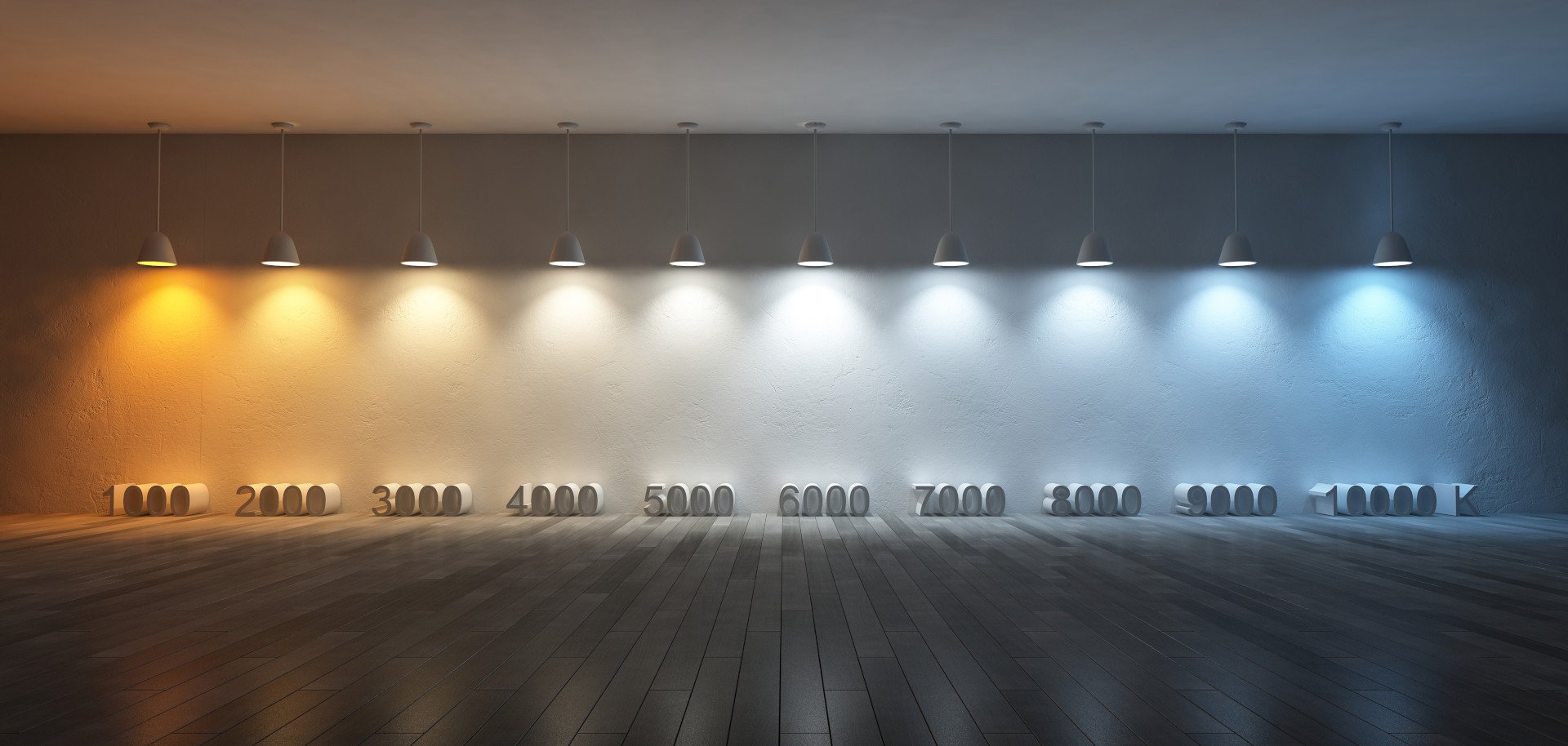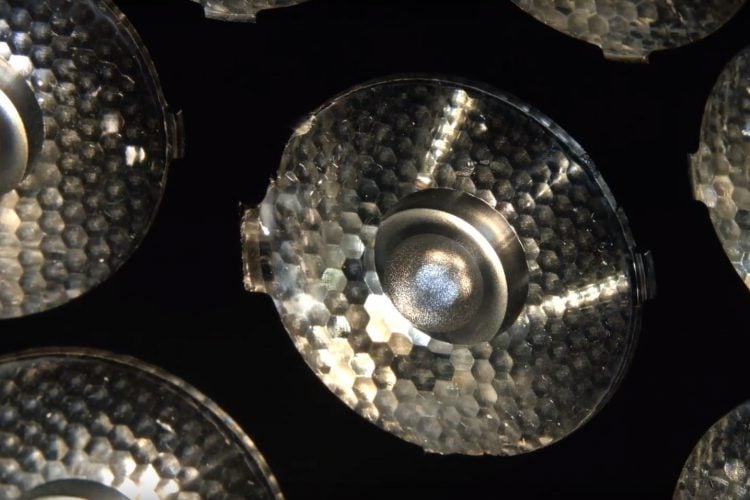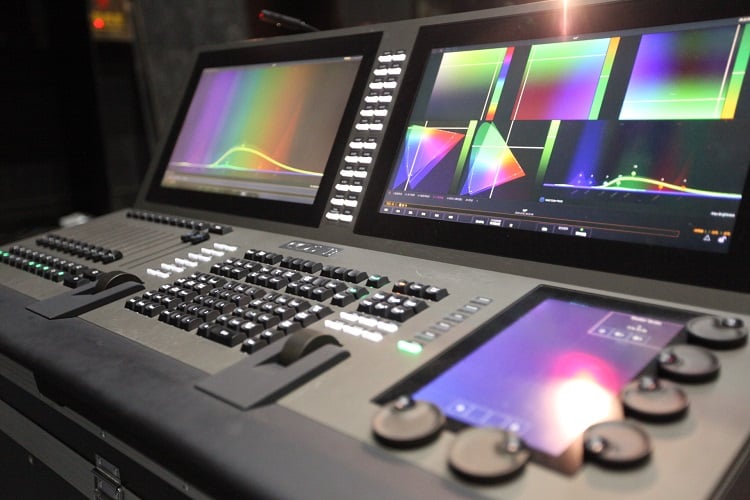Color temperature and Correlated Color Temperature (CCT) describe the warm or cool appearance of white light. Color temperature refers to white chromaticities (color points) that are technically on what is called the blackbody curve on a scientific diagram. CCT uses the nearest color temperature to describe chromaticities that are actually above or below that curve. Both are communicated using the kelvin (K).
Contrary to many people’s intuitive reaction, the higher the color temperature, the “cooler” the light, and vice versa: the lower the temperature, the “warmer” the light. To keep things straight, think of the color of a flame. A flame in a wood-burning fire is reddish-orange, but the hotter flame from a natural gas burner is blue.
While visual appearance is relative, generally lights with CCTs below 3500 K are considered “warm” and lights with CCTs approaching or greater than 5000 K are considered “cool.” Shortly after sunrise and shortly before sunset, the color temperature of sunlight is typically around 2000-3000 K. Noon sunlight is typically around 5000 K, and daylight CCTs can be much higher. Light sensors like the Echoflex Correlated Color Temperature Photo Sensor will measure not just the intensity of light, but the CCT value of light as well, allowing human-centric lighting systems to adjust the color temperature of the white light its fixtures are emitting.
Read more about color temperature and CCT on ETC’s blog in our posts LED FAQs (Part 4): Color Temperature and LED FAQs (Part 5): CCT.





